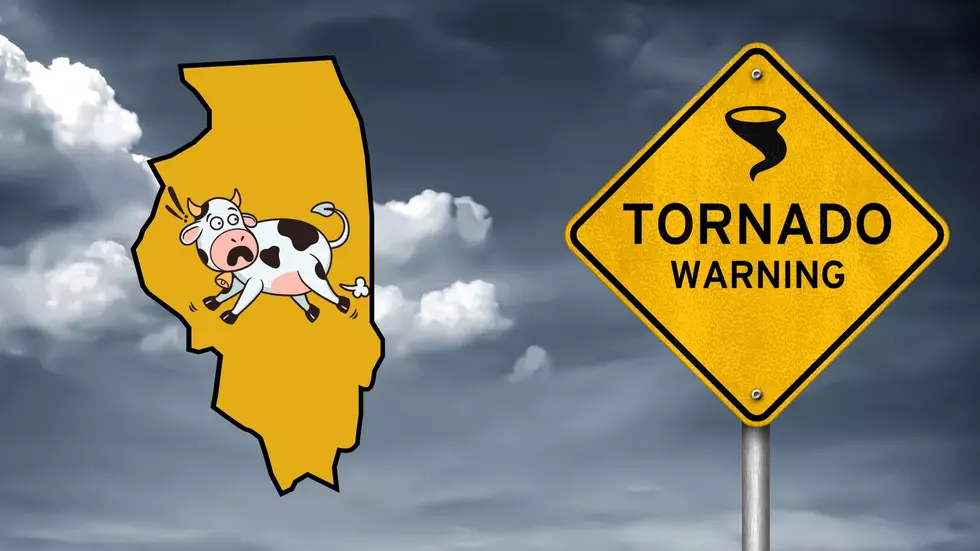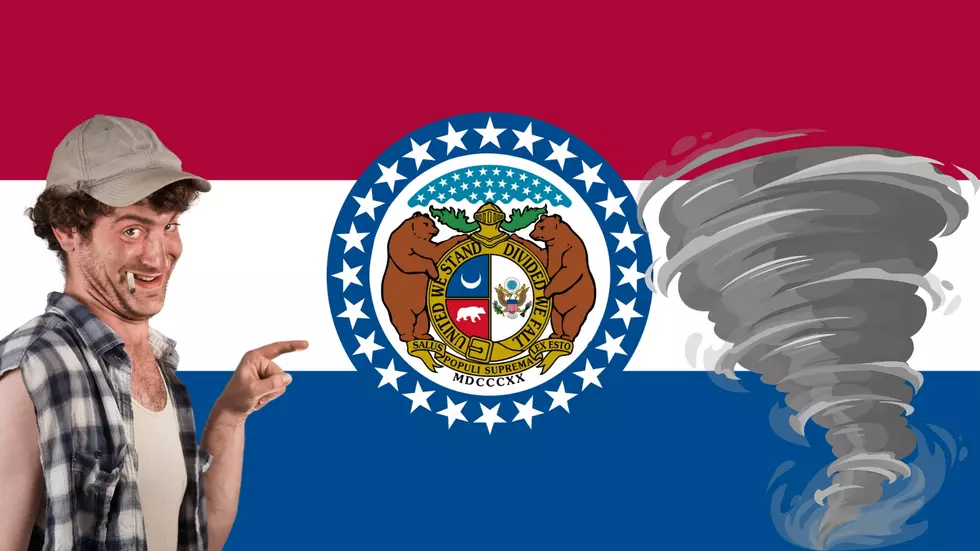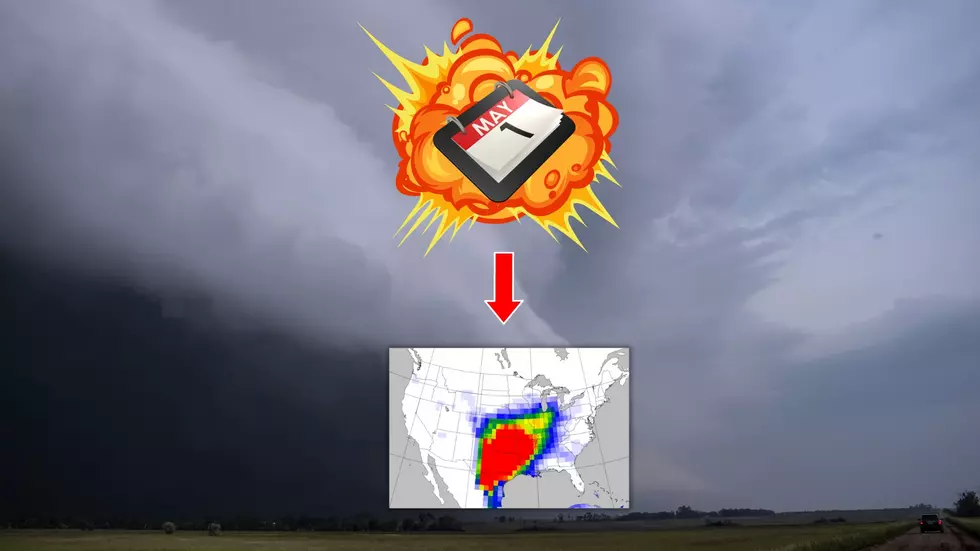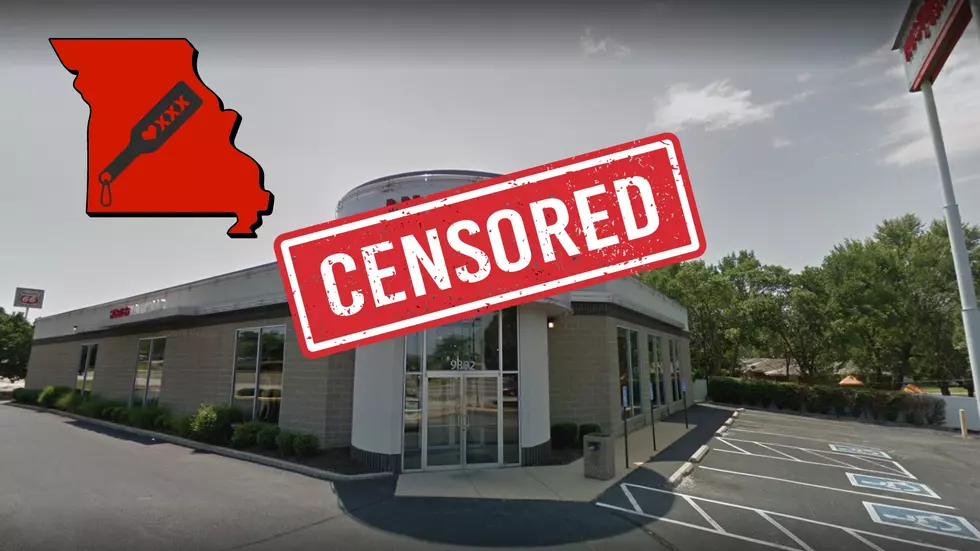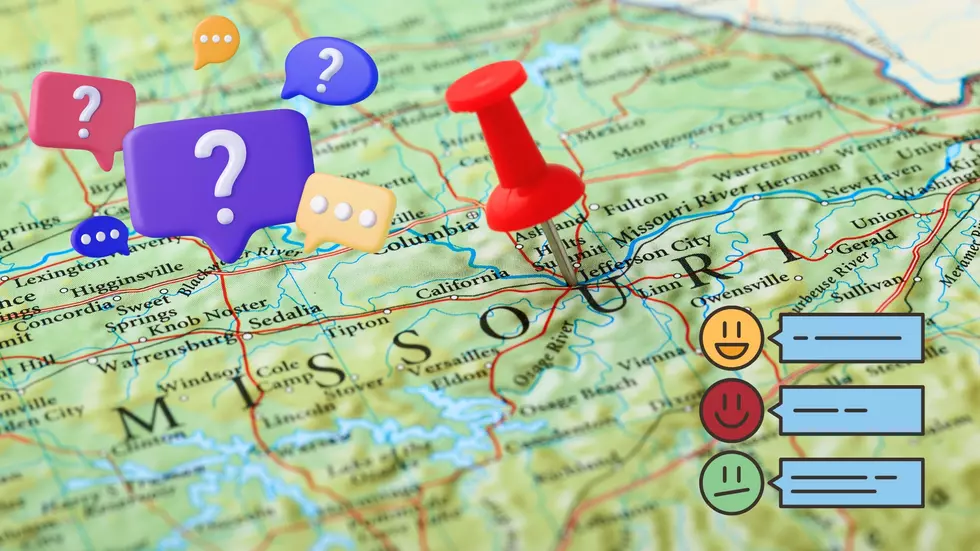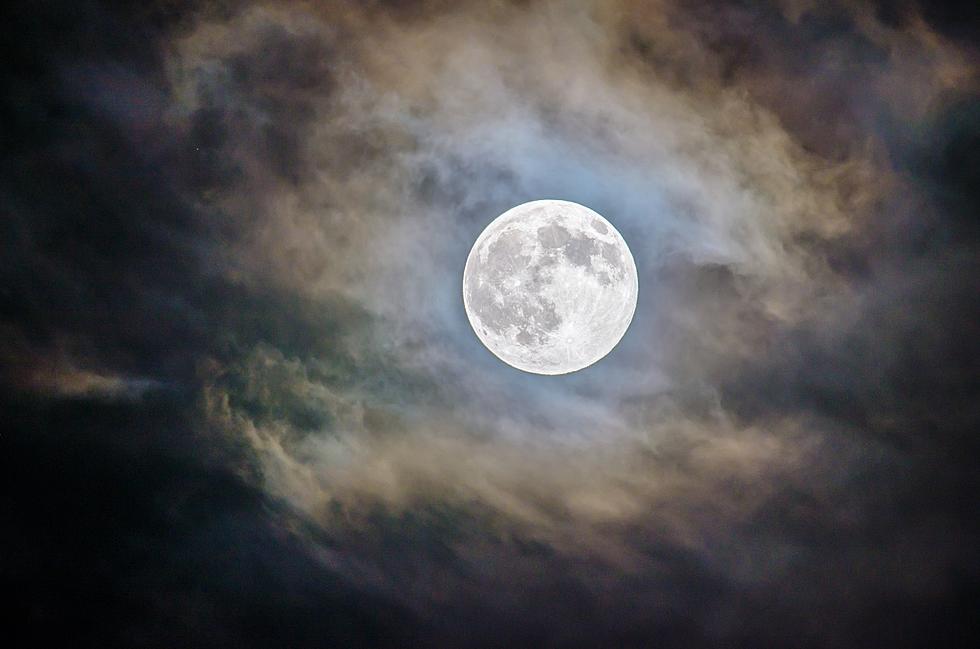
NASA’s 2030 Moon Wobble May Be Trouble for Illinois and Missouri
In case you haven't heard, NASA casually made an announcement that there may be moon wobble in the 2030's that could cause increased flooding risks. That could spell trouble for those of us that live near the Mississippi in Illinois and Missouri.
A wobble by the moon isn't some crazy conspiracy theory stuff. C-Net was among the media outlets to report on NASA's revelation about this upcoming phenomenon. Here's a small snippet from their article explaining what all the fuss is about:
In a study, published in the journal Nature Climate Change in June, scientists suggest that by the 2030s, the wobble will have enough of an effect on the moon's gravitational pull to impact rising sea levels, seeing coastal cities all around the US cop a drastic increase in flooding.
Last time I checked, we don't live near any seas in Missouri and Illinois, so what's the problem? The potential catastrophe is the Mississippi River. I did some research and found an article from Science Daily that mentioned rising sea levels can have drastic adverse effects on rivers. Uh oh.
The theory has to do with river avulsion. Here's a key quote:
They found that the occurrence of future avulsions depends mainly on two factors: the rate of sea-level rise, and the amount of silt and sand carried by a river.
If you do the math, you can see that a potential issue with moon rotation in the 2030's could indirectly see unprecedented flooding of the Mississippi.
To be clear, there is no certainty with any of this. The moon wobble that NASA is warning about is not exact and there's no way to know exactly what effect this will have on seas and rivers. However, it's worth making a mental note to watch this phenomenon the closer we get to the 2030's. We have enough flooding history in our area to be aware of what potentially could happen.
LOOK: The most expensive weather and climate disasters in recent decades
KEEP READING: Get answers to 51 of the most frequently asked weather questions...
More From 100.9 The Eagle, The Tri-States' Classic Rock Station

